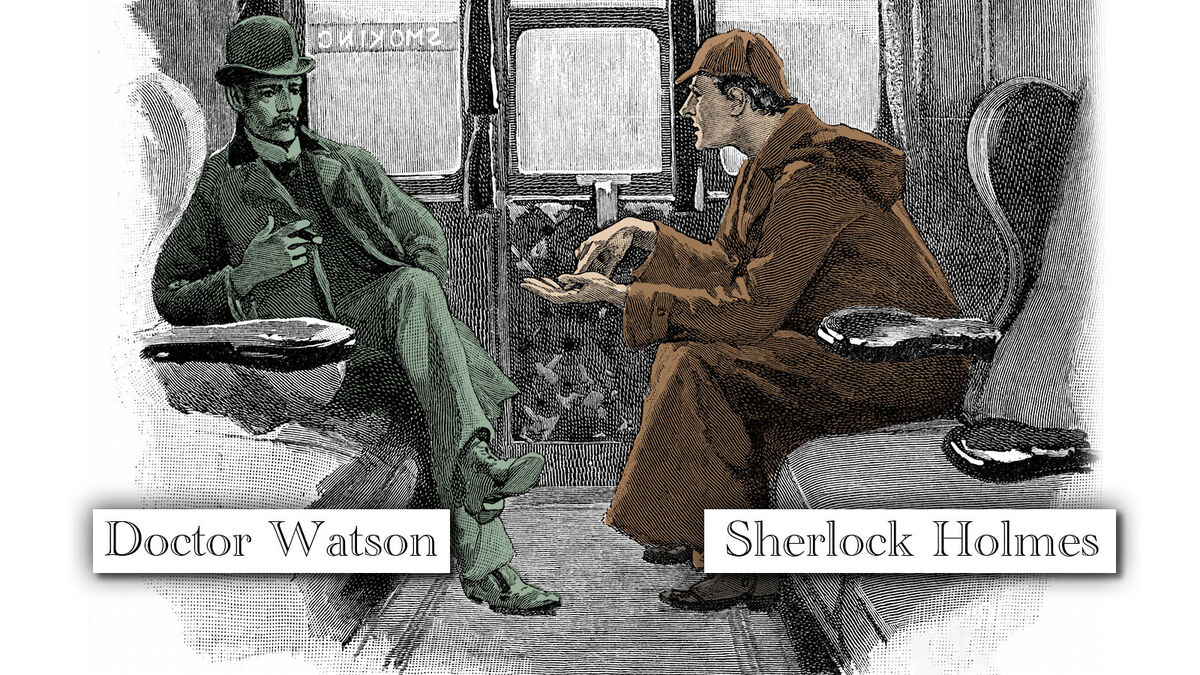
The term “flat character” may sound boring, but these types of characters play important roles in literature. Explore what a flat character is to see how these two-dimensional characters support a story.
Definition of a Flat Character
What is a flat character? Simply defined, a flat character is one that “does not vary.” Flat characters are two-dimensional, meaning they “lack substance or depth.” Flat characters don’t have any layers to their personality or actions, unlike round characters.
There isn’t much time, energy, or effort put into developing a flat character, so they are often defined by one trait, characteristic, or motivation throughout the entire story, book, or play.
Characteristics of Flat Characters
All flat characters are not created equal, but most share a few things in common.
- They are summed up easily in one word.
- They lack backstories.
- They aren’t meant to be taken seriously.
- They are static.
- They don’t experience complex emotions.
- They are secondary characters.
Flat Characters vs. Round Characters
A round character is carefully written as a complex being. They feel more like real people because they are multi-dimensional. Flat characters are the opposite of round characters.
Flat Characters vs. Static Characters
While flat characters are often static, these two terms are not synonyms. A static character is one that doesn’t change throughout the story, but they can be very charismatic and well-developed.
Role of Flat Characters in Literature
Flat characters that help move the story serve one of five standard purposes. These could be considered the different types of flat characters.
- Keep readers plot focused: Works that are plot-heavy can be slowed down or muddled by complex characters. Flat characters are necessary, but don’t get in the way of the story.
- Serve as a foil: A foil character is basically the exact opposite of another important character. Showing a flat foil character next to a round character helps readers see the depth of the round character.
- Serve as extras: If you want your fictional world to feel real, it may need to be filled with extras like a movie set.
- Communicate a moral: Works like picture books where a singular message is the most important aspect employ flat characters to keep the focus on the message.
- Provide humor: A flat character can inject quick humor because they aren’t relatable to the reader and their backstory won’t detract from the joke.
Are Flat Characters Bad?
Flat characters are not always bad. Having one or two flat characters that serve an important purpose is okay, but having a story or novel full of flat characters is undesirable.
Flat Character Examples
You can find flat characters in any fiction genre from picture books to novels.
Crabbe and Goyle From Harry Potter
In some of the Harry Potter books by J.K. Rowling, readers need a way to see what Draco Malfoy is doing behind the scenes and what he says in private. His closest friends Crabbe & Goyle are summed up as “goons,” but they help readers get inside Draco’s world.
Doctor Watson From Sherlock Holmes
Dr. Watson is the infamous sidekick to Sherlock Holmes in the book series by Sir Arthur Conan Doyle. His main trait is his loyalty. While the reader does learn details of Watson’s life throughout the books, he is easily characterized as a loyal friend.
Elizabeth Proctor From The Crucible
Elizabeth is a main character in The Crucible by Arthur Miller who does have some internal insights throughout the novel. She is considered a flat character because she can be summed up as “a good Christian woman” of her time who does not waver in her righteousness.
Miss Crawford From To Kill a Mockingbird
Miss Stephanie Crawford can be summed up as a “gossip” in To Kill a Mockingbird by Harper Lee. She serves as an extra who populates the town to help it feel realistic and provides an easy way for the reader to see what a lot of different people are thinking.
Flat Characters in Fiction
If you’re still having trouble understanding flat characters, you can think of them like acquaintances in your life. These people are a part of your life, but you don’t know a lot about them. Put your writing skills to the test and see if you can create a great flat character for your work in progress.